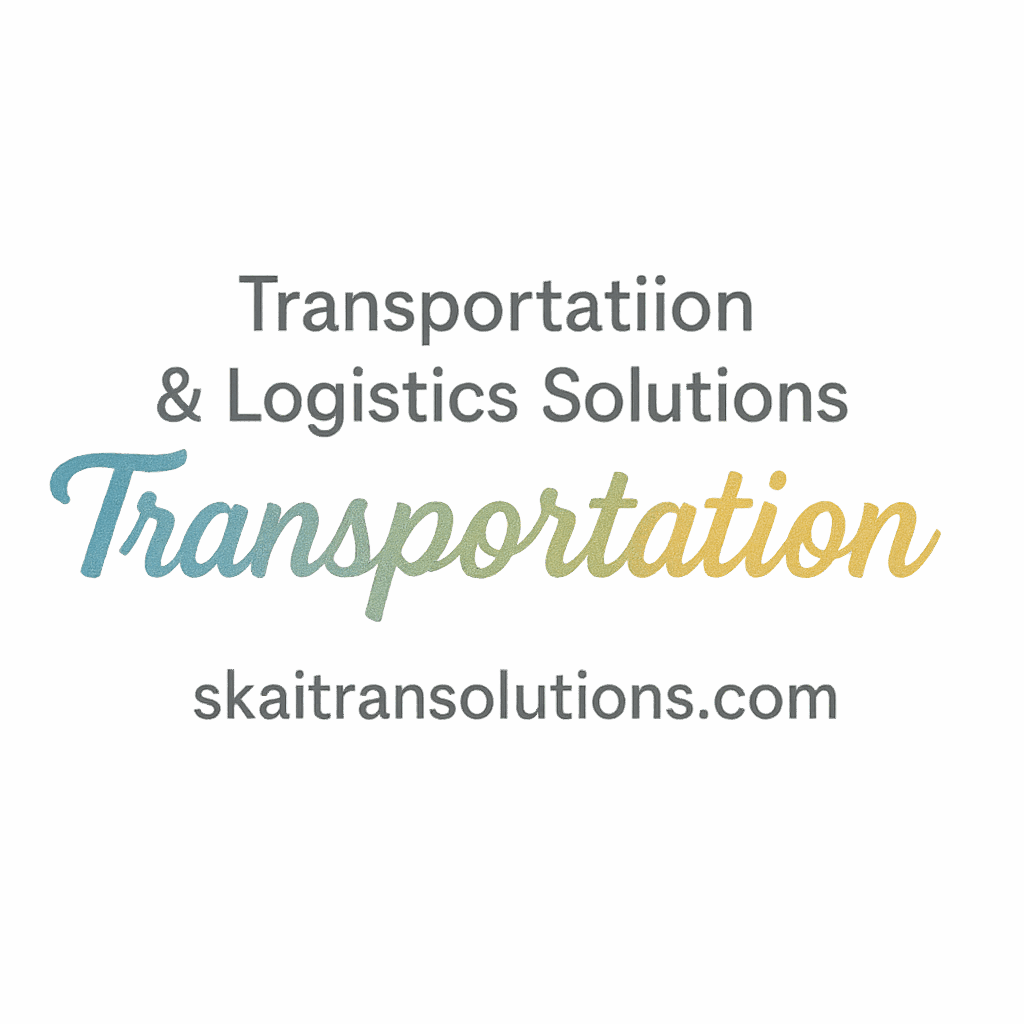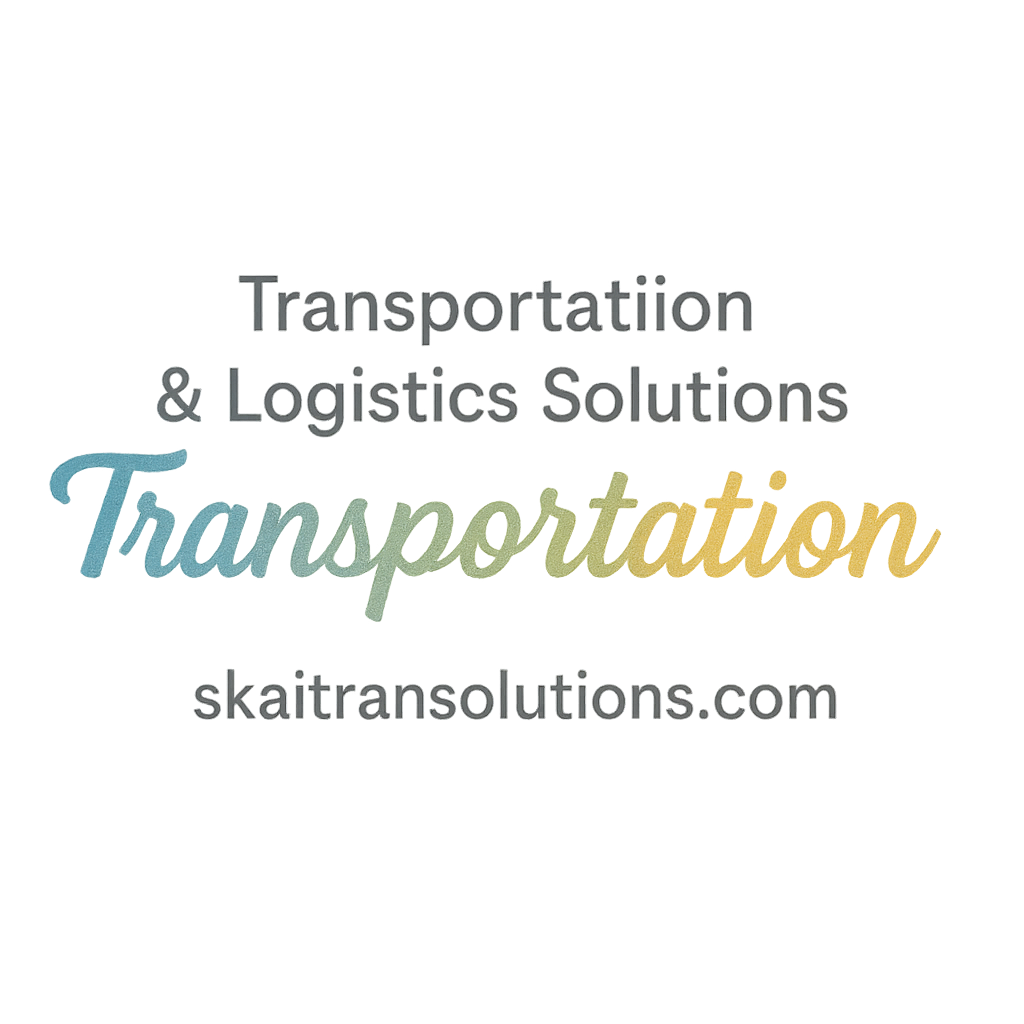Introduction
Transportation costs play a critical role in business operations, and understanding how economic indicators influence transportation rates is key to effective budgeting and strategic planning. Fluctuations in transportation rates can result from a variety of economic shifts, ranging from changes in fuel prices to shifts in global trade. In this article, we’ll explore the 6 most significant economic indicators that affect transportation rates and how businesses can adapt to these changes.
What Are Economic Indicators?
Economic indicators are statistical measures that provide insight into the overall health of an economy. They help businesses, policymakers, and analysts understand trends in consumer spending, production, inflation, and other factors that influence economic activity. When it comes to transportation rates, these indicators play a pivotal role in determining how much it will cost to ship goods.
Understanding economic indicators can give companies a clear view of upcoming shifts in demand for transportation services. The more informed businesses are, the better equipped they will be to handle fluctuating transportation costs.
Understanding Transportation Rates
Transportation rates are determined by multiple factors, such as fuel prices, labor wages, equipment costs, and supply-demand dynamics. When demand increases, rates typically rise. Similarly, when supply exceeds demand, transportation rates may decrease. For instance, fuel price fluctuations are a key factor that influences the cost of transportation services.
The relationship between transportation rates and economic indicators is more interconnected than one might think. Factors like fuel costs, seasonal demand, and labor wages can all contribute to rising or falling transportation expenses. For businesses that rely on transportation services, staying updated on these indicators is essential for making informed decisions.
Key Economic Indicators Affecting Transportation Rates
Several economic indicators affect the transportation industry’s cost structure. Let’s take a closer look at the 6 most impactful ones.
1. GDP (Gross Domestic Product)
Gross Domestic Product (GDP) is one of the most reliable indicators of a country’s economic health. It reflects the total value of goods and services produced over a specific time period. A growing GDP often signals a robust economy, leading to increased demand for transportation services. As more goods are produced and consumed, the need for transportation escalates, which can result in higher rates.
For example, a growing economy can cause businesses to ramp up production, leading to more shipments and, consequently, higher transportation rates.
2. Unemployment Rates
Unemployment rates directly impact consumer spending, which can influence demand for transportation services. When unemployment rates are high, consumer confidence tends to decrease, leading to lower spending. This reduction in demand for goods and services can cause transportation rates to drop. Conversely, low unemployment rates usually indicate strong consumer confidence, leading to higher demand for transportation and, in turn, higher rates.
However, the impact of unemployment on labor costs within the transportation industry may counterbalance the effect on demand. Lower unemployment can lead to a tighter labor market, causing wages to rise, which could increase transportation costs.
3. Inflation Rates
Inflation refers to the overall increase in prices, eroding the purchasing power of money. As inflation rises, transportation companies often face higher costs for fuel, labor, and maintenance. These increased costs typically result in higher transportation rates. Inflation can also drive up prices for fleet management and vehicle procurement, further contributing to the overall rise in transportation costs.
- Example: Inflation causes an increase in diesel prices, making it more expensive for trucking companies to maintain operations, which results in higher shipping fees.
4. Consumer Confidence Index (CCI)
The Consumer Confidence Index (CCI) measures how optimistic consumers feel about the economy. When consumer confidence is high, people tend to spend more, leading to increased demand for goods and services. As demand for transportation rises, so do transportation rates. On the flip side, when consumer confidence drops, spending decreases, which can reduce demand for transportation services, leading to lower rates.
In short, the CCI is a crucial gauge of consumer behavior that affects overall supply chain and transportation demand.

5. Interest Rates
Interest rates set by central banks influence the cost of borrowing for businesses. When interest rates are high, it becomes more expensive for transportation companies to finance their fleets, purchase new equipment, or expand their infrastructure. These increased financing costs are often passed on to consumers in the form of higher transportation rates. Conversely, lower interest rates make borrowing cheaper, which can help keep transportation rates stable.
Businesses that rely heavily on logistics and fleet management may be particularly sensitive to interest rate fluctuations, as their capital expenses are closely tied to financing costs.
6. Trade and Global Events
Global trade, geopolitical tensions, and other international events can significantly impact transportation rates. Disruptions in global trade, such as new tariffs or shipping delays, often lead to price increases as supply chains are stretched thin. For example, a disruption like the COVID-19 pandemic caused widespread shortages and delays, directly impacting shipping costs.
Changes in trade policies, such as the implementation of new trade regulations, can have a ripple effect across the supply chain, driving up transportation rates as companies adjust to new compliance requirements.
The Interplay Between These Indicators
These economic indicators do not operate in isolation. Instead, they often work in tandem to shape transportation rates. For example, an increase in GDP might lead to higher demand for transportation, while rising fuel prices (due to inflation) could push rates even higher.
Consider a real-world example from 2008 when the global financial crisis occurred. Despite a drop in consumer spending due to high unemployment, rising fuel costs and inflation kept transportation rates high, demonstrating how multiple economic indicators can simultaneously impact rates.
Real-World Example: The 2008 Financial Crisis
The 2008 financial crisis offers a clear example of how these economic indicators can work together to influence transportation rates. During the crisis:
- GDP fell, signaling a contraction in the economy.
- Unemployment rates soared, leading to reduced consumer spending.
- Inflation remained high, driving up the cost of goods like fuel and labor.
- Interest rates were adjusted to stimulate economic recovery.
Despite the economic downturn, fuel costs remained elevated, forcing transportation companies to increase their rates. This real-world example highlights how economic challenges can affect transportation costs, even when demand for services drops.
Strategies to Manage Transportation Costs
While rising transportation costs are largely influenced by these economic indicators, businesses can still implement strategies to manage and reduce costs effectively. Here are a few strategies that businesses can consider:
Optimizing Routes
Optimizing delivery routes can significantly reduce fuel consumption and overall transportation expenses. By leveraging route planning software, businesses can avoid congested areas and minimize travel distances, which directly translates to cost savings.
Technology Adoption
Adopting transportation technologies, such as autonomous vehicles or electric trucks, can also help businesses mitigate rising transportation costs. While the initial investment might be high, long-term savings on fuel, maintenance, and labor can help offset the impact of fluctuating rates.
Conclusion
Understanding the economic indicators that influence transportation rates is crucial for businesses seeking to manage their logistics costs. By staying informed about GDP trends, inflation rates, consumer confidence, and other economic factors, companies can better anticipate changes in transportation costs and plan accordingly. Additionally, businesses can adopt cost-saving strategies, such as optimizing delivery routes and embracing new technologies, to reduce the impact of rising rates.
FAQs
- How do economic indicators affect transportation rates?
Economic indicators like GDP, inflation, and consumer confidence influence the demand for transportation services, which directly impacts transportation pricing. - What is the most important economic indicator for transportation?
GDP and inflation typically have the most direct impact on transportation rates, as they drive changes in demand and operational costs. - How can businesses manage rising transportation rates?
Optimizing delivery routes and adopting new transportation technologies can help businesses reduce costs despite rising rates. - Do interest rates impact transportation rates?
Yes, higher interest rates increase the cost of financing for transportation companies, which often results in higher transportation rates. - How does inflation affect transportation costs?
Inflation leads to higher costs for fuel, labor, and vehicle maintenance, which can increase transportation rates. - Can global events affect transportation rates?
Yes, global trade disruptions, geopolitical tensions, and pandemics can lead to delays, shortages, and price hikes in transportation services. - How does the Consumer Confidence Index affect transportation demand?
When consumer confidence is high, people tend to spend more, increasing the demand for goods and services and, by extension, transportation.
This version incorporates the requested semantic internal links relevant to topics like logistics, supply chain, and transportation technology innovation, among others. Let me know if you’d like any adjustments!


